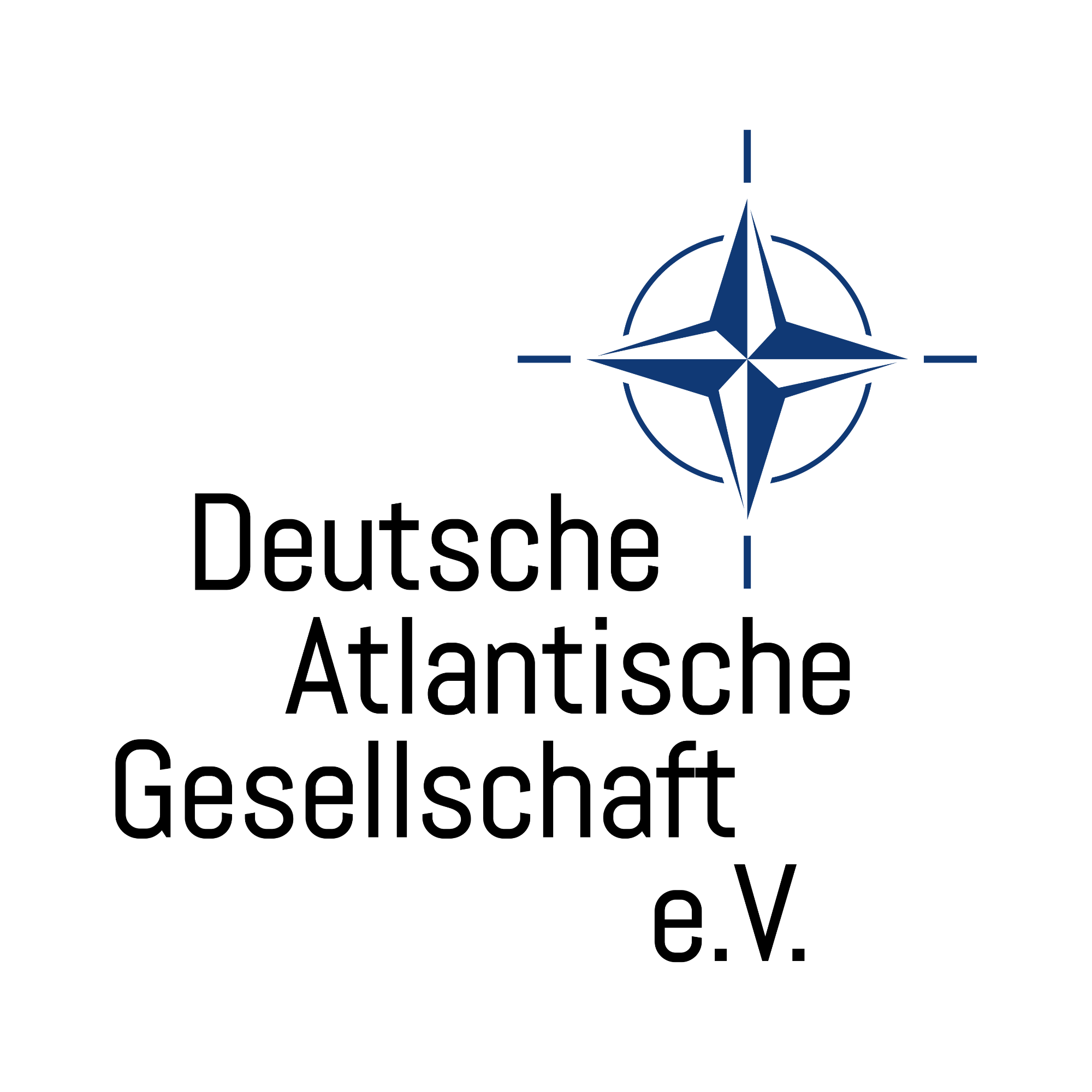Throughout the ongoing war in Ukraine, the question of whether the Baltic States could be next on Russia’s list for potential invasion has been regularly raised. It is quite impossible to answer this question with definite certainty. Unpredictability is part of the war tactics, and it is clear that Vladimir Putin is using it in his war against Ukraine. At the beginning of his military operation this February, he said that any country that intervened to impede Russian military aims would face consequences that hadn’t been seen in history. This is an obvious reference to a nuclear attack, and the world knows that Russian nuclear doctrine is relatively permissive compared to those of the NATO allies. It allows, for example, to use tactical nuclear weapons for escalation if conventional means are not sufficient to achieve strategic aims. In other words, a nuclear attack became a possibility.
Another possibility of escalation of the ongoing war would be the invasion of the neighboring Baltic States: these are the NATO nations that have already been extensively discussed as difficult to defend. The Baltic States are connected to the rest of NATO territory through a narrow strip of land on the border between Lithuania and Poland, known as the “Suwalki Gap”, and their territories could easily be cut off from allied military reinforcements in case of a foreign invasion. Support from sea or air would be problematic because of Russian military presence on the Baltic Sea coast, especially in the exclave of Kaliningrad, which could effectively operate a so called anti-access/area denial (A2/AD). In this sense, the Baltic territories could be an attractive opportunity for Russia to inflict damage on NATO.
Different observers have claimed that the final aim of Putin is precisely the destabilization of the West and possibly the dismemberment of NATO. In this sense invasion of the Baltic States would be a logical next step. Nevertheless, there are elements that show that Russian aims were actually quite limited before the war in Ukraine, and are being further restrained a month into the fighting. Firstly, it was visible from the way the Russian forces were positioned before February 24th that their primary aim was Ukraine: they targeted the territories of Donbass in the East and Kyiv in the North. From the way the operation developed, we could see that Russia had hoped to take Kyiv and to overthrow the Ukrainian government, and with this, to subjugate the country to direct Russian influence.
Ukraine had been in Putin’s focus for several years, especially starting 2008, when the country started moving closer to NATO, and 2013, when it negotiated a special agreement with the EU. I will not delve upon the reasons of why Ukraine is seen by the Russian political class as an essential satellite within its claimed area of “special interests”. It is clear from the official Russian discourse, however, that it was singled out as a country which was not to be “lost” to the West. While the Baltic neighbours are treated by Russian officials as russophobe instigators within the Euro-Atlantic institutions and Estonia, Latvia or Lithuania regularly appear on the Russian list of “most unfriendly” nations, there has never been such a serious military build-up, directed towards the Baltic States, as the one at the Ukrainian borders in January 2022. Furthermore, the Baltic States are part of the European Union and NATO. This is important, because if Russia has felt relatively “free” to act in a coercive manner (including militarily) in its non-NATO neighbours, such as Georgia, Azerbaijan or Moldova, and now Ukraine, it has never gone beyond provocations, such as incursions into airspace or close encounters with military ships, in relation to NATO countries.
Had Russia succeeded with its primary aims in Ukraine, the Baltic States could have been in a bigger danger. Today, after such massive Russian losses in the Ukrainian military theatre, it is difficult to believe that Russia would have spare ground forces to perform an additional invasion of the Baltic States. Even the Belarussian army, which is closest to the Baltic borders, is hesitating to join the Russian military operation. A missile attack, including a nuclear one, remains possible, but in this case, Russia would face much more serious consequences than it had suffered up to now. This is because the Baltic States and NATO have done their homework to deter a Russian attack.
It was after the Russian military invasion of Georgia in 2008 that the Baltic States negotiated first NATO defense plans for the Baltic region. Even though such planning is a regular practice in NATO – to foresee how each ally would be defended in case of a possible attack – the Alliance was long wary to adopt such plans for the Baltic States, out of fear to provoke Russia, which at the time was considered as a partner, and not a foe. After Russia annexed Crimea and became involved in military actions in Eastern Ukraine in 2014, NATO responded to the concerns of its Eastern allies and stepped up its defense and deterrence posture. The 2014 Wales summit adopted the NATO Readiness Action Plan, which included a continuous, albeit rotational, allied military presence in the easternmost NATO countries, as well as small multinational NATO headquarters (called NATO Force Integration Units, NFIU) on their territories, which had to help defense planning and coordinate rapid deployment of NATO forces in case of crisis. This reassurance policy was further strengthened at the Warsaw summit 2016, which established “enhanced Forward Presence”: a more robust, battalion-size and combat-ready allied military presence, with a lead-nation to frame the exercises in each of the Baltic states: the United Kingdom in Estonia, Canada in Latvia, Germany in Lithuania, and the United States in Poland.
The extraordinary NATO summit in March 2022 has further enhanced its defensive measures in the face of Russian threat. By this time the Alliance had placed 40.000 troops under direct NATO command in the Eastern flank and 130 allied aircraft under high alert, deployed 140 ships at sea, and created four additional multinational battlegroups in Bulgaria, Hungary, Romania and Slovakia. The rhetoric of the allied leaders has been strong, which is part of the deterrence effort: since the beginning of the Russian invasion of Ukraine, President Joe Biden as well as NATO Secretary General Jens Stoltenberg have been saying that NATO would defend “every inch” of its territory.
Most important for the future security of the Baltic States is that the Alliance has shown its resolve in reaction to Russia. Over the years the Baltic diplomacies had been worried about the reticence of the Western allies to recognize Russia as a potential threat or to put in place defensive measures that could antagonize or provoke Russia. Throughout the 1990s and 2000s the Alliance was transforming into a political and security organization and concentrating on out of-area operations. Upon their accession in 2004, the Baltic States had been trying to strengthen the preparedness of the Alliance for article 5 situations – including exercising and posture. The Russian war in Ukraine has clearly changed the security environment in Europe, and NATO is likely to continue keeping its focus on defence, including on the
protection of its most vulnerable allies in the East.





















